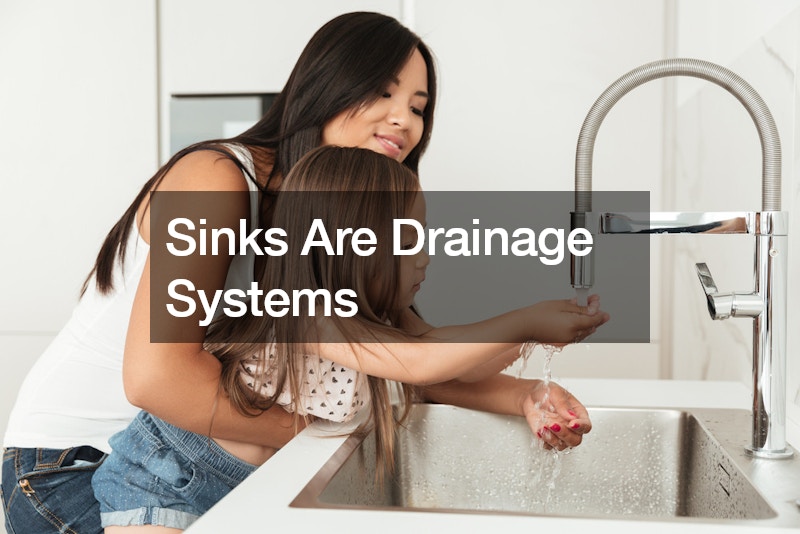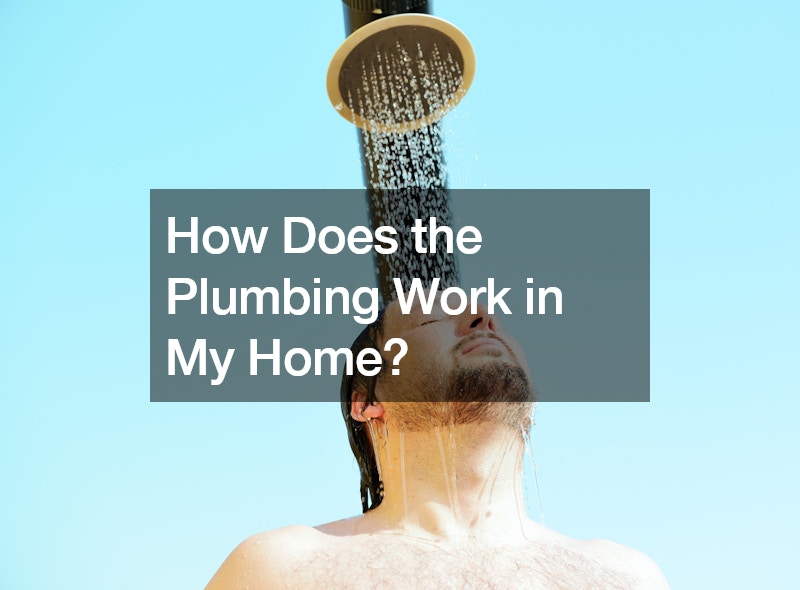Understanding how plumbing works in your home is essential for both maintaining the longevity of your system and addressing potential problems before they become serious. The plumbing system in a typical home consists of two primary subsystems: the water supply system and the drainage system. Each plays a crucial role in ensuring that clean water enters your home and waste is efficiently removed.
Water Supply System
The water supply system is responsible for bringing fresh water into your home. It starts at the municipal water supply or a private well.
From there, water is pushed through pipes by the pressure from the main supply or a pump, making it available at every faucet, shower, and appliance in your home. This system also includes various fittings and shut-off valves, which help regulate and direct the flow of water.
In colder climates, pipes are often insulated to prevent freezing. In homes with hard water, a water softener may be installed to treat the water by removing minerals like calcium and magnesium, which can cause build-up in pipes and appliances.
Drainage System
On the flip side, the drainage system, or waste water system, is designed to remove waste water and sewage from your home. It relies on gravity to move waste along, with all pipes sloping downward to prevent the accumulation of sewage. This system includes all the drain pipes from sinks, toilets, and showers, as well as vent pipes that expel sewer gases and allow air into the sewage system to help water flow smoothly.
A critical component of the drainage system is the trap, which is a curved section of pipe located below sinks, toilets, and other fixtures. Traps hold a small amount of water, creating a seal that prevents sewer gases from entering the home. Over time, these can accumulate debris and cause clogs, so regular maintenance is necessary.
Water Heating and Treatment
Additionally, most homes have a water heater, which is connected to both the supply and the drainage systems. Water heaters can be either tank-style or tankless. Tank-style heaters store and heat a large volume of water, ensuring that hot water is available on demand. Tankless heaters, by contrast, heat water directly as it flows through the device, which can provide a more energy-efficient solution.
Maintenance and Troubleshooting
Regular maintenance of your plumbing system is essential to prevent problems. This includes periodically checking for leaks, ensuring that all fixtures are in good working order, and treating any signs of corrosion or damage immediately. If you encounter slow drains, gurgling sounds, or water backing up, these could be signs of a blockage or other issues in your drainage system.
Watch the video above to learn more or contact your local plumbing company, like 1-800-Plumber of Monterey! .


